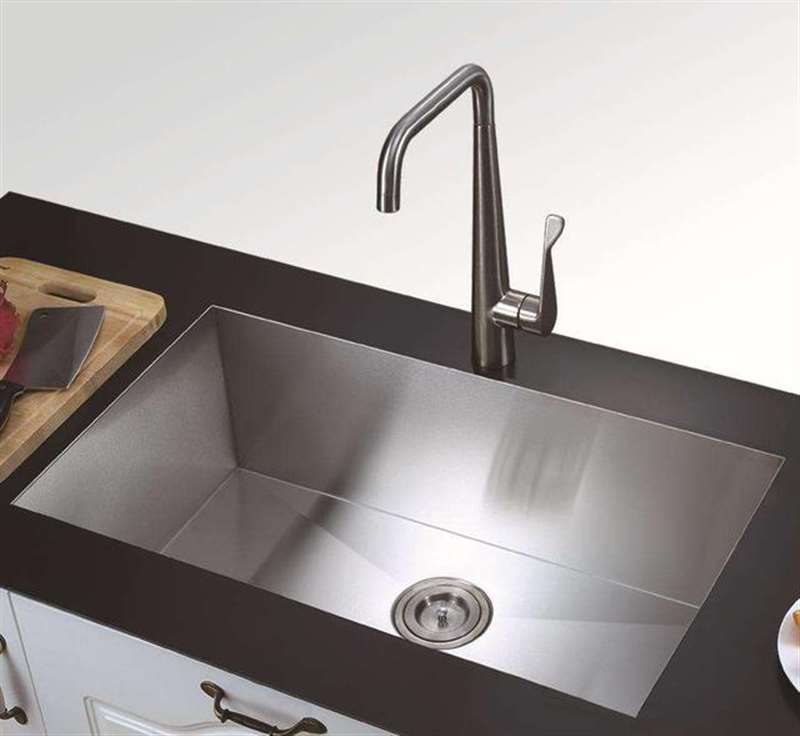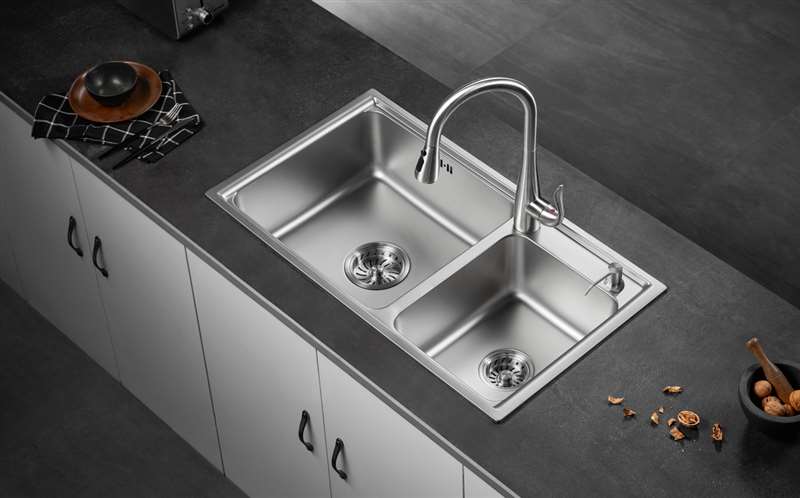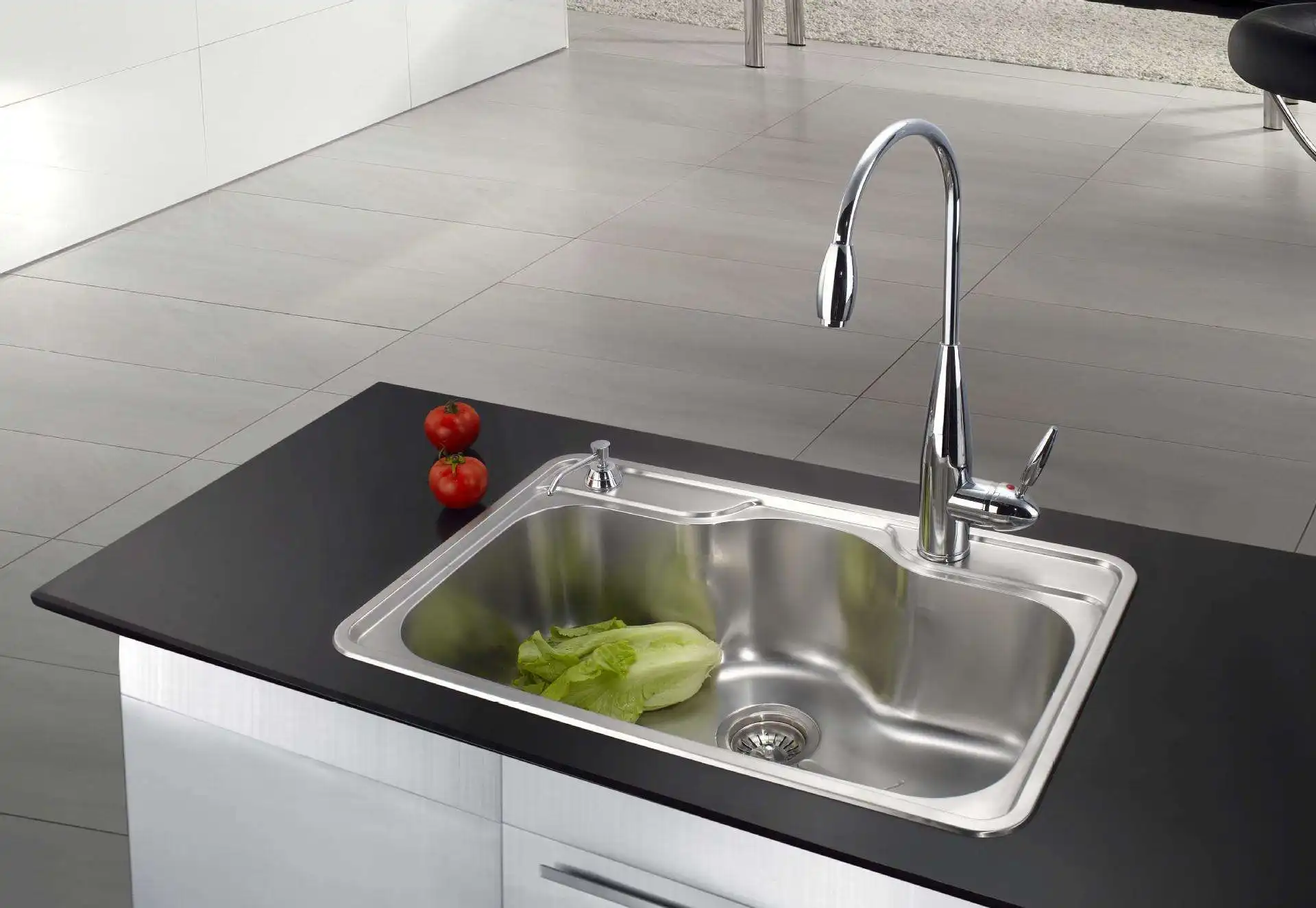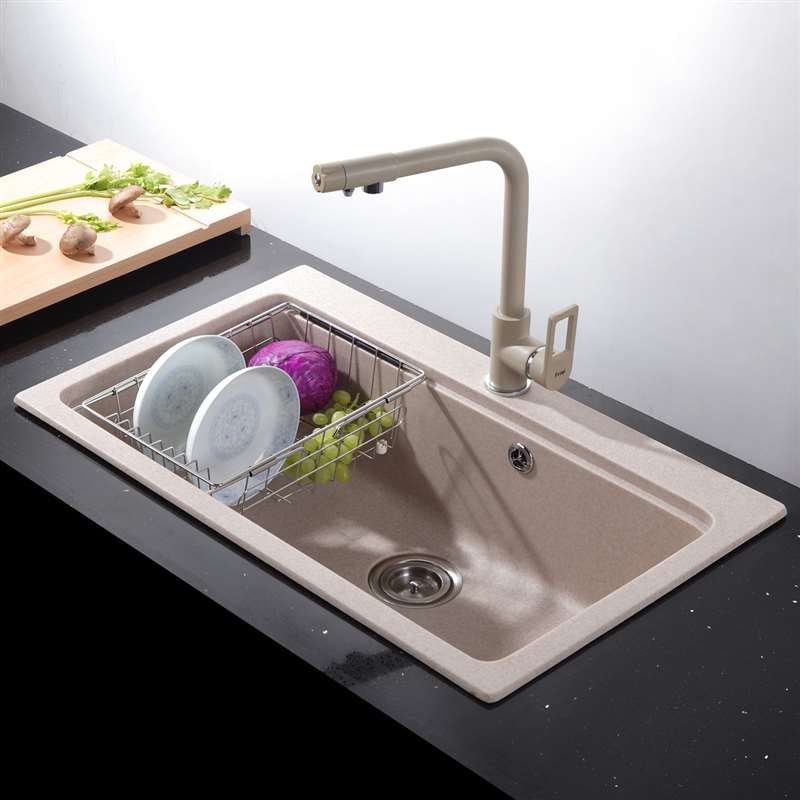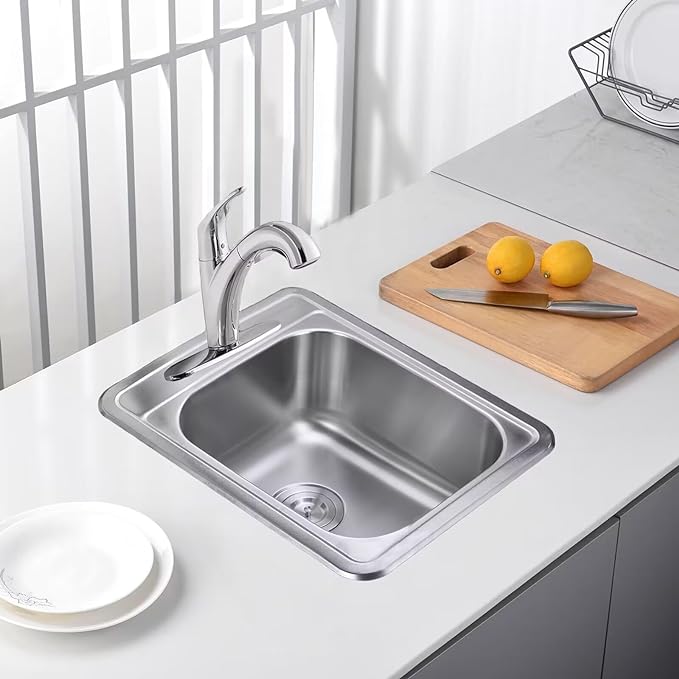News
Stainless Steel Kitchen Sinks vs. Porcelain: A Comprehensive Comparison
When choosing a kitchen sink, two popular materials often come into consideration: stainless steel and porcelain. Each has its own set of benefits and drawbacks, which can influence your decision based on your kitchen needs and personal preferences. Here’s a detailed comparison to help you determine which material might be the best fit for your kitchen.
Durability
Durability
Stainless Steel
- Strength: Stainless steel sinks are known for their exceptional durability. They resist cracking, chipping, and scratching, making them ideal for high-use kitchens.
- Impact Resistance: They are less prone to damage from heavy pots or pans and can withstand rough handling.
- Maintenance: Stainless steel is resistant to staining and does not require special cleaning products.
Porcelain
- Strength: Porcelain sinks are made from ceramic that is coated with a layer of porcelain enamel. While they are sturdy, they are more susceptible to chipping and cracking than stainless steel.
- Impact Resistance: Porcelain can be damaged by heavy impacts or dropping heavy objects.
- Maintenance: They require more careful handling to avoid damage and often need special cleaning products to maintain their appearance.
Aesthetic Appeal
Aesthetic Appeal
Stainless Steel
- Modern Look: Stainless steel sinks offer a sleek, modern appearance that complements contemporary kitchen designs.
- Variety: Available in various finishes, including brushed, polished, and matte, stainless steel can match different kitchen styles.
- Customization: They come in various shapes and sizes, making it easy to find one that fits your kitchen layout.
Porcelain
- Classic Look: Porcelain sinks have a classic, timeless appeal with a glossy, smooth finish that adds a touch of elegance.
- Color Options: They are available in various colors and can be a focal point in traditional or vintage-style kitchens.
- Design Variety: Although less versatile in shape compared to stainless steel, porcelain sinks offer a distinctive aesthetic.
Maintenance
Maintenance
Stainless Steel
- Ease of Cleaning: Stainless steel is easy to clean and maintain. Regular wiping with a soft cloth and mild detergent keeps it looking new.
- Stain Resistance: It is resistant to most stains and does not easily show water spots or fingerprints.
Porcelain
- Cleaning: Porcelain requires more delicate cleaning to avoid scratching. Non-abrasive cleaners are recommended.
- Stain and Scratch Resistance: It can show scratches and stains over time, particularly if not cleaned regularly.
Noise Level
Noise Level
Stainless Steel
- Sound: Stainless steel sinks can be noisier, especially when water hits the metal. However, many models come with soundproofing pads to reduce noise.
Porcelain
- Sound: Porcelain sinks are generally quieter, as the ceramic material tends to absorb sound better than metal.
Cost
Cost
Stainless Steel
- Price Range: Stainless steel sinks are often less expensive than porcelain sinks, with a range of prices depending on the gauge of steel and size.
- Long-Term Investment: Due to their durability, they can be more cost-effective in the long run, as they may not need to be replaced as frequently.
Porcelain
- Price Range: Porcelain sinks can be more expensive, particularly if they are custom-designed or feature elaborate designs.
- Replacement Costs: They may have higher replacement costs due to their susceptibility to damage.
Installation
Installation
Stainless Steel
- Ease of Installation: Generally straightforward to install, but may require professional assistance for undermount installations.
- Weight: Lighter than porcelain, making installation easier.
Porcelain
- Installation: Can be heavier and more cumbersome to install, often requiring professional help to ensure proper placement and support.
- Mounting Options: Available in drop-in and undermount styles, with specific requirements for each.
Environmental Impact
Environmental Impact
Stainless Steel
- Recyclability: Stainless steel is highly recyclable and can be repurposed at the end of its life cycle.
- Sustainability: Often made from recycled materials, making it a more sustainable option.
Porcelain
- Production Impact: The production of porcelain involves the use of raw materials and energy, which can have a higher environmental impact compared to stainless steel.
- Durability: However, porcelain can be long-lasting and doesn’t need frequent replacements, which can mitigate its environmental footprint over time.
Both stainless steel and porcelain kitchen sinks have their own advantages and disadvantages. Stainless steel offers durability, modern aesthetics, and ease of maintenance, making it a practical choice for many kitchens. Porcelain, on the other hand, provides a classic, elegant look with a quieter operation but may require more careful maintenance and handling.
Your choice will depend on your kitchen style, usage requirements, and maintenance preferences. If durability and modern aesthetics are your priorities, stainless steel might be the better option. If you prefer a timeless, classic look and don’t mind a bit of extra care, a porcelain sink could be the perfect fit.
CATEGORIES
News
Contact Us
Tel:0086-13394110095
Fax:0086-411-39015062
Phone:0086-13394110095
Email:liu@weldcnc.com
Add:20# Ganwan Street, Zhongshan District, Dalian City, China
